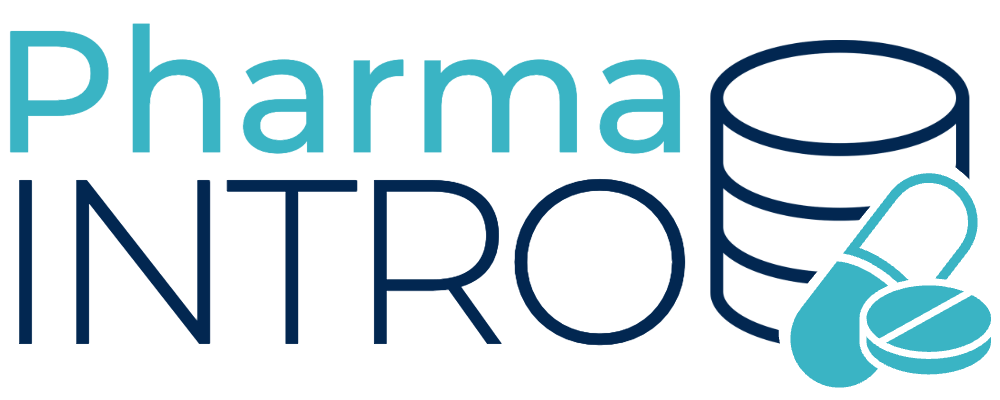Introduction: The life science industry stands as a cornerstone of innovation and discovery, revolutionizing healthcare, agriculture, and environmental sustainability. With its profound impact on society, it is imperative to delve into the intricate workings of this ever-evolving sector. In this article, we will explore the key aspects, trends, and advancements within the life science industry, shedding light on its significant contributions and the promising future it holds.
- Overview of the Life Science Industry: The life science industry encompasses a broad spectrum of disciplines, including pharmaceuticals, biotechnology, medical devices, diagnostics, genomics, and more. Its primary focus revolves around improving human health, enhancing agricultural practices, and addressing global environmental challenges.
- Research and Development (R&D) Breakthroughs: At the heart of the life science industry lies groundbreaking research and development efforts. Pharmaceutical companies, biotech firms, and academic institutions collaborate to discover novel therapies, vaccines, and diagnostic tools. Constant innovation in areas such as gene editing, immunotherapy, precision medicine, and regenerative medicine has the potential to revolutionize healthcare and save lives.
- Biotechnology and Genetic Engineering: Biotechnology plays a pivotal role in the life science industry. Genetic engineering techniques enable scientists to manipulate the DNA of organisms, paving the way for the development of genetically modified crops, new drug therapies, and breakthroughs in disease prevention and treatment.
- Digital Transformation and Data Analytics: The digital revolution has penetrated the life science industry, fostering a data-driven approach to research, clinical trials, and patient care. Big data analytics, artificial intelligence, and machine learning algorithms are employed to uncover patterns, identify disease markers, streamline drug discovery processes, and personalize medical treatments.
- Regulatory Environment and Ethical Considerations: The life science industry operates within a complex regulatory framework to ensure safety, efficacy, and ethical standards. Stringent guidelines govern clinical trials, drug approvals, intellectual property rights, and patient privacy. Ethical considerations are of paramount importance, promoting responsible research practices, equitable access to healthcare, and protection of human subjects.
- Collaborative Networks and Partnerships: The life science industry thrives on collaboration and partnerships between academia, industry, and government entities. Research institutions collaborate with pharmaceutical companies, startups join forces with established players, and public-private partnerships drive advancements in life science research, development, and commercialization.
- Emerging Trends and Future Outlook: Several transformative trends are shaping the future of the life science industry. These include the rise of personalized medicine, the integration of digital health technologies, increased focus on preventive healthcare, advancements in biomanufacturing, and the exploration of emerging markets.
Conclusion: The life science industry holds immense potential to improve the quality of life for individuals globally. Through cutting-edge research, innovative technologies, and collaborative efforts, the industry is paving the way for breakthrough treatments, sustainable agriculture, and a healthier planet. As we embrace the future, let us continue to support and celebrate the remarkable achievements of the life science industry, and its unwavering commitment to human well-being.


Pingback: Understanding Life Sciences: Exploring the Intricate World - Pharma Intro